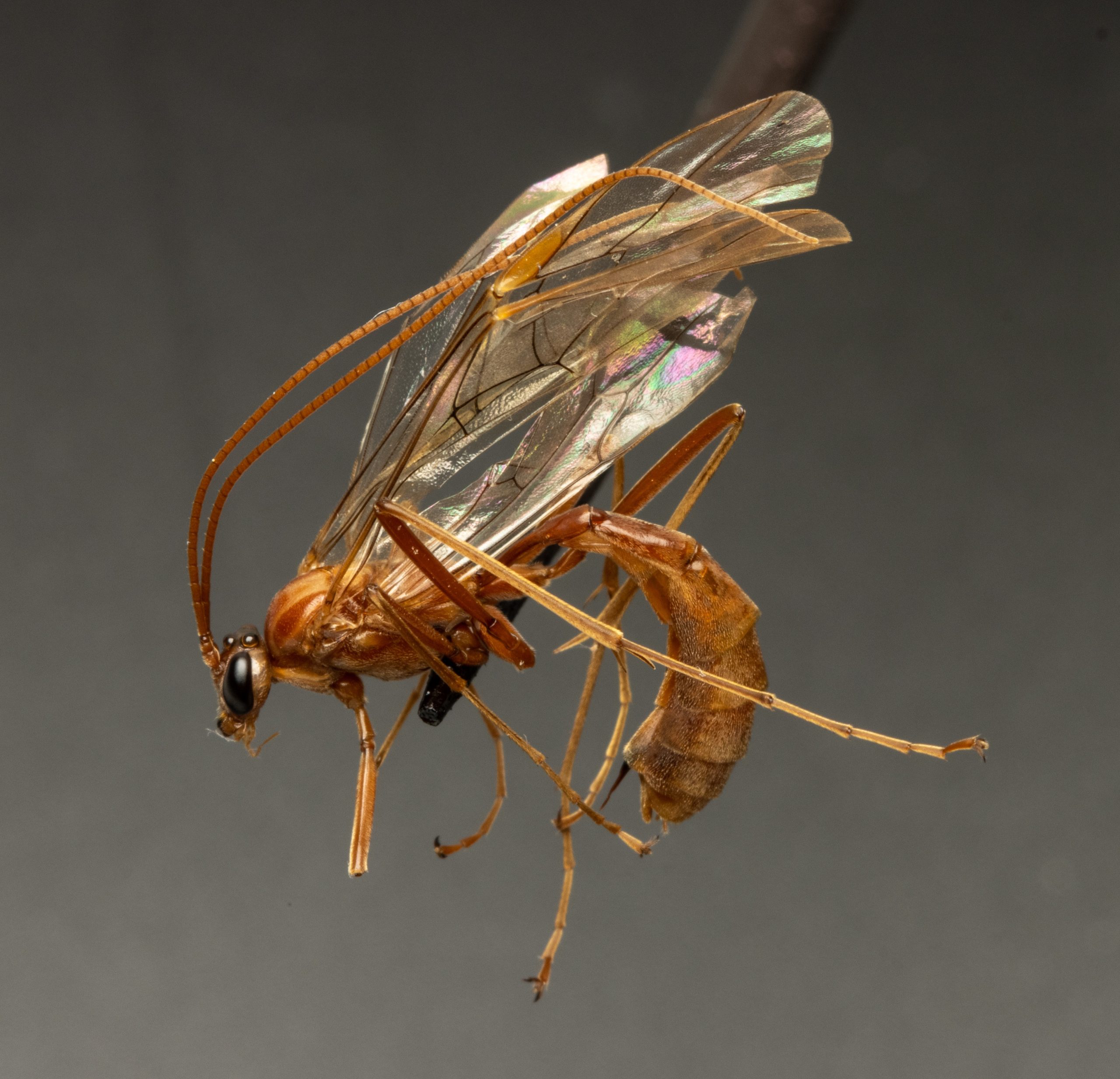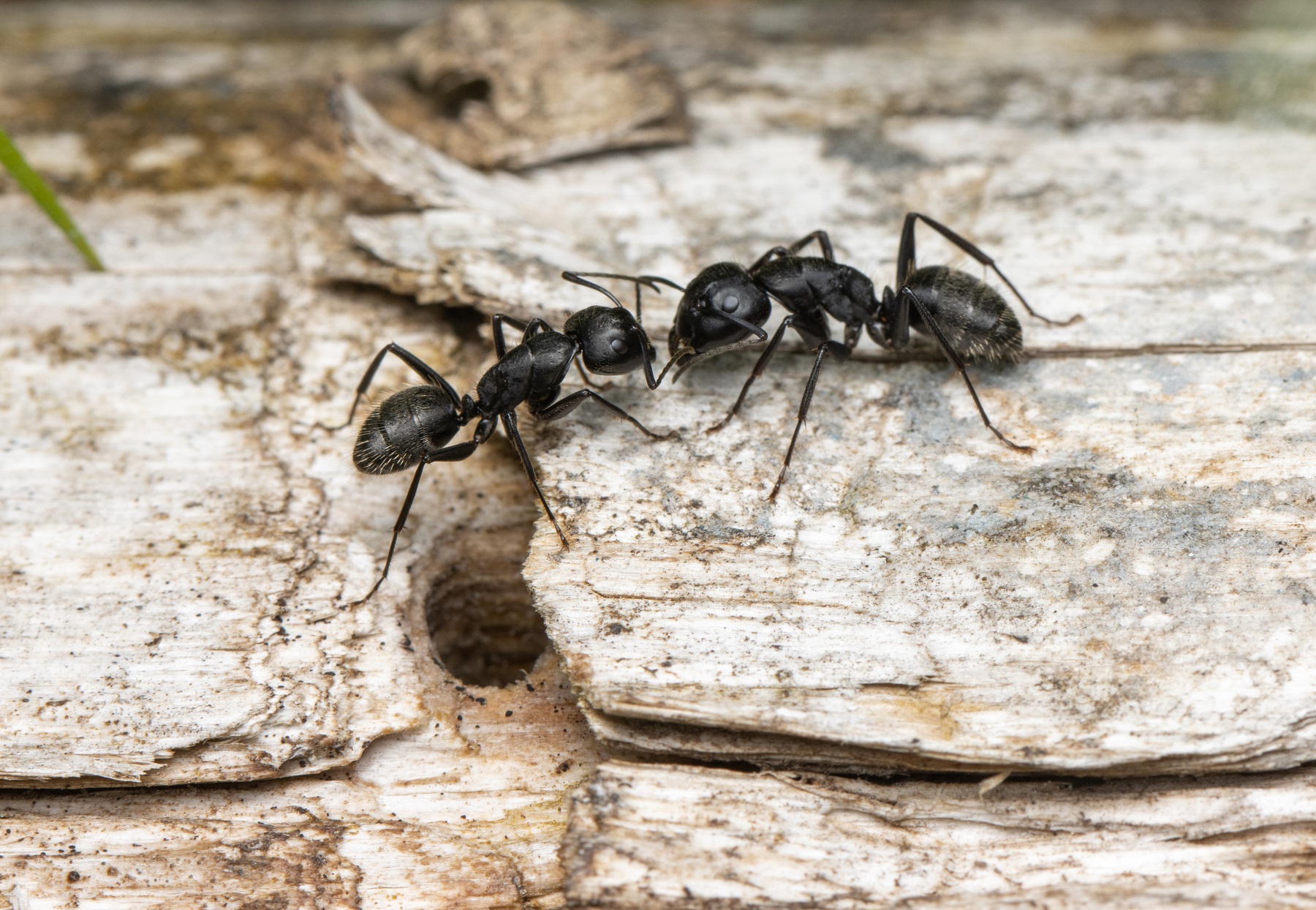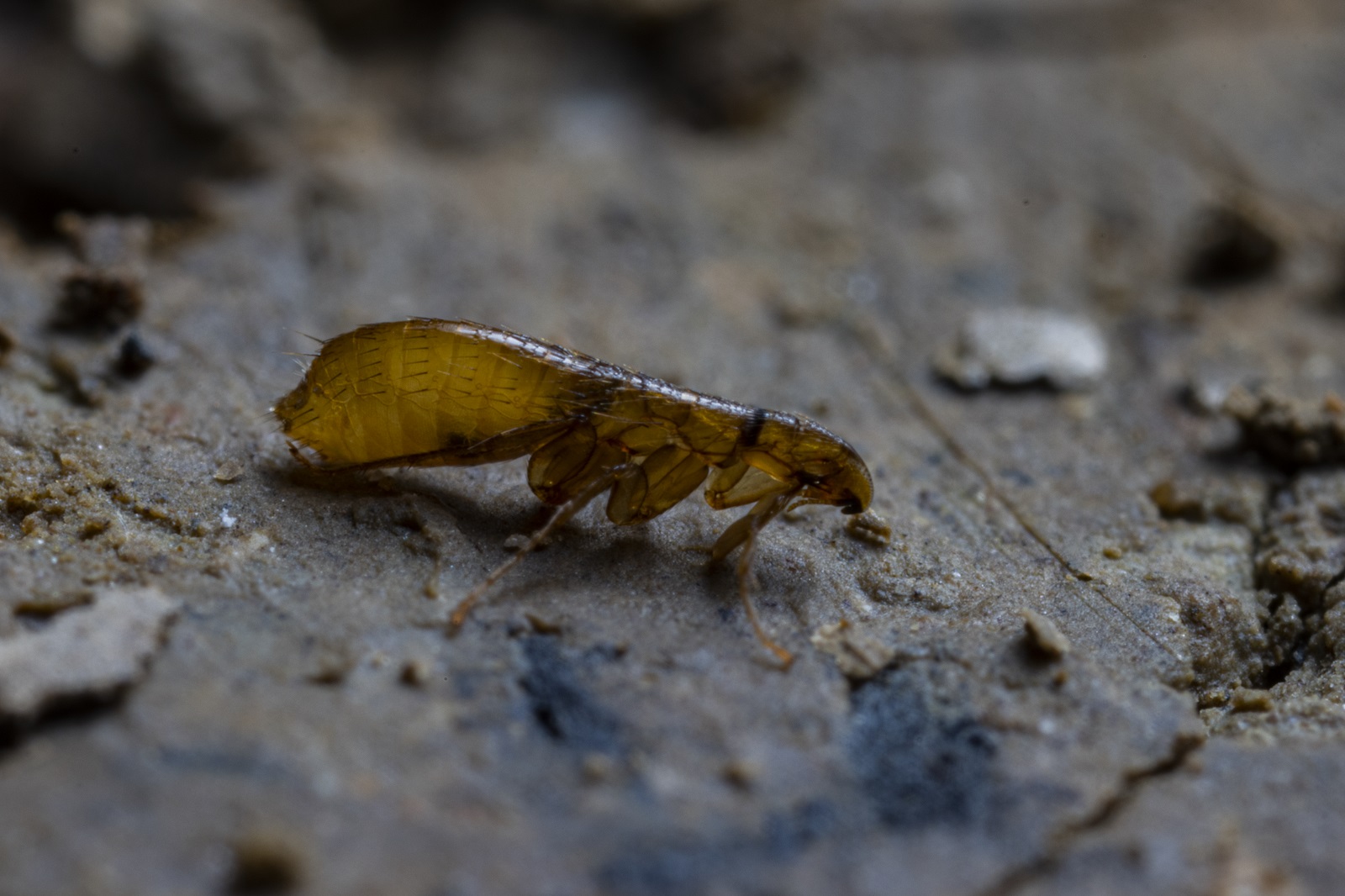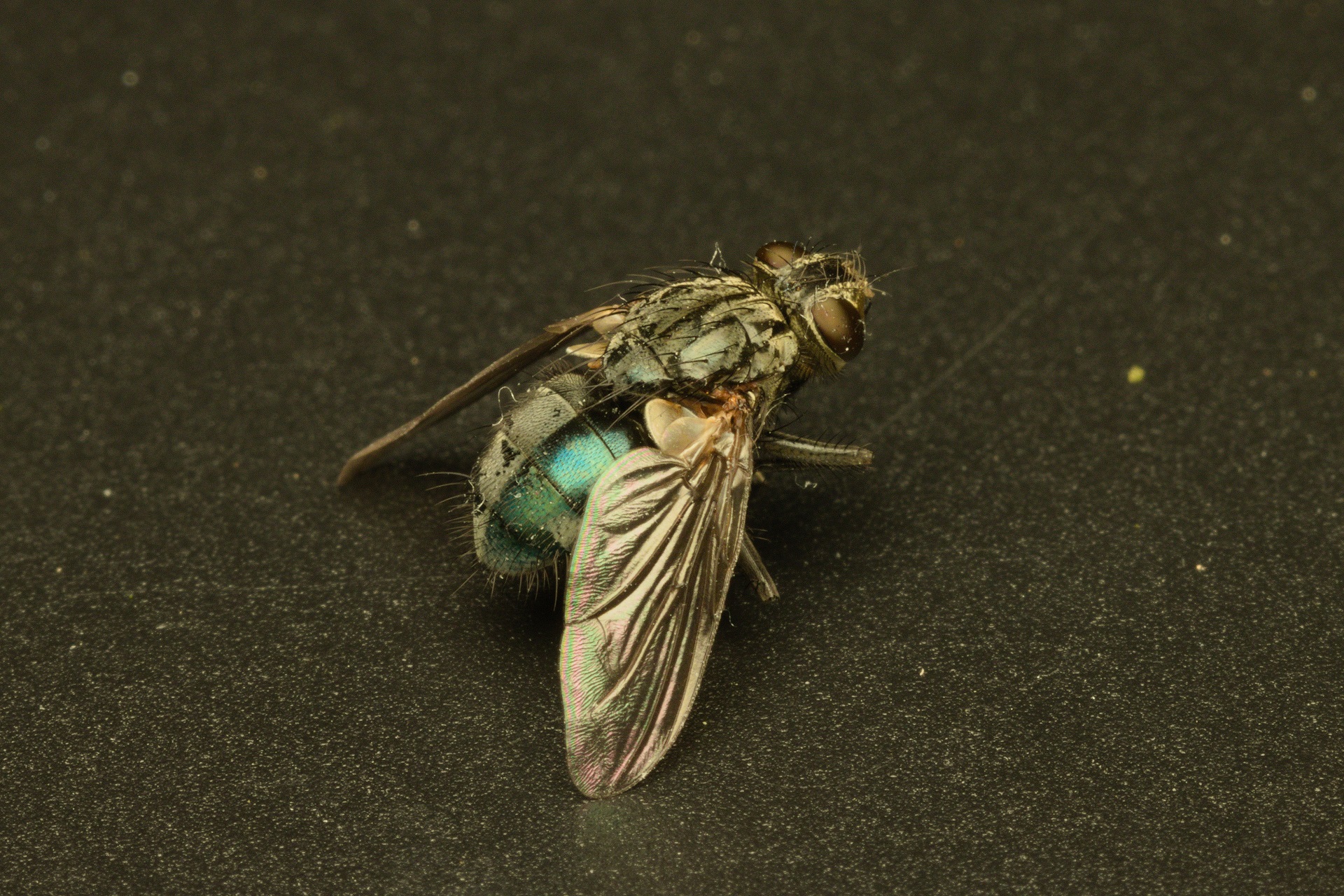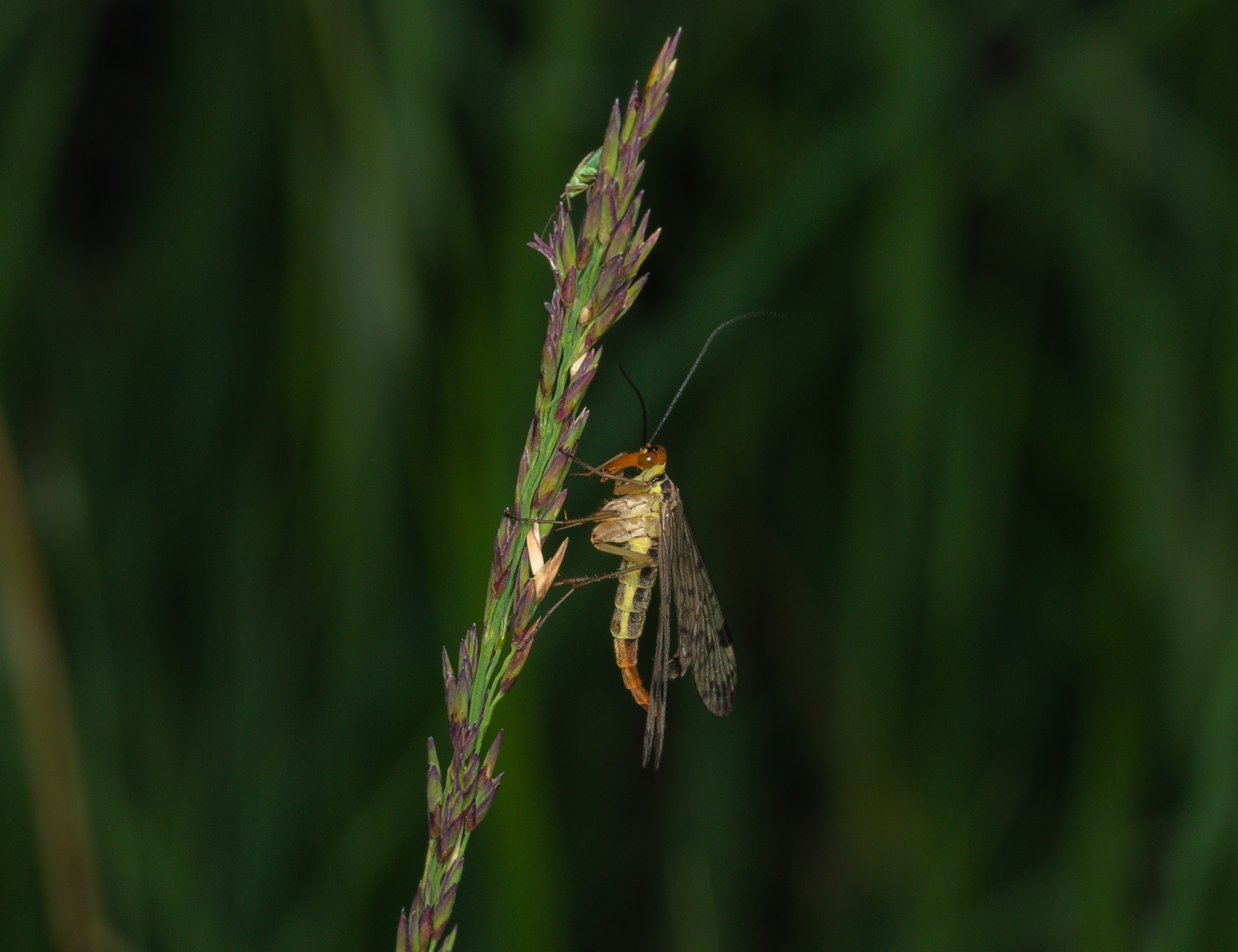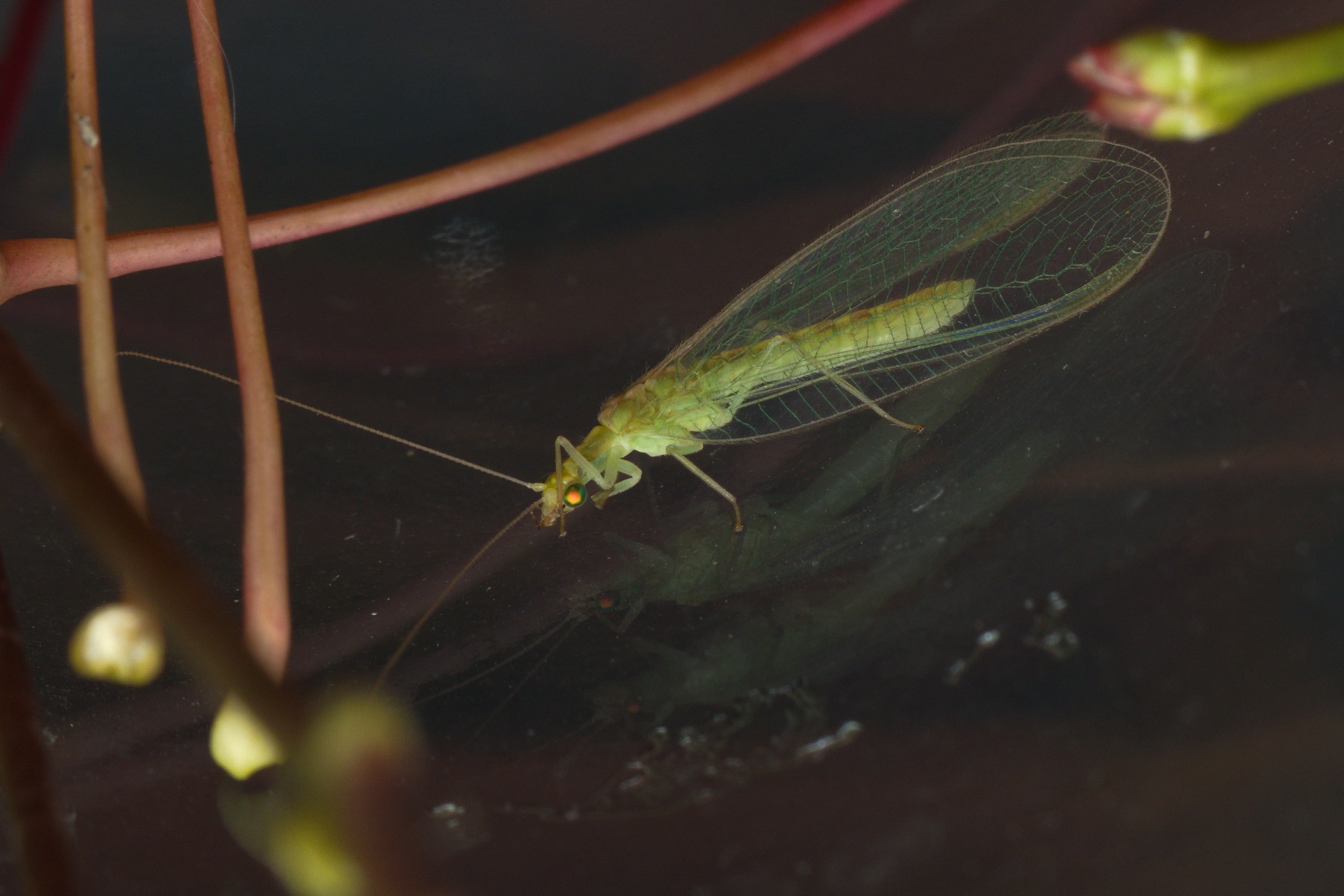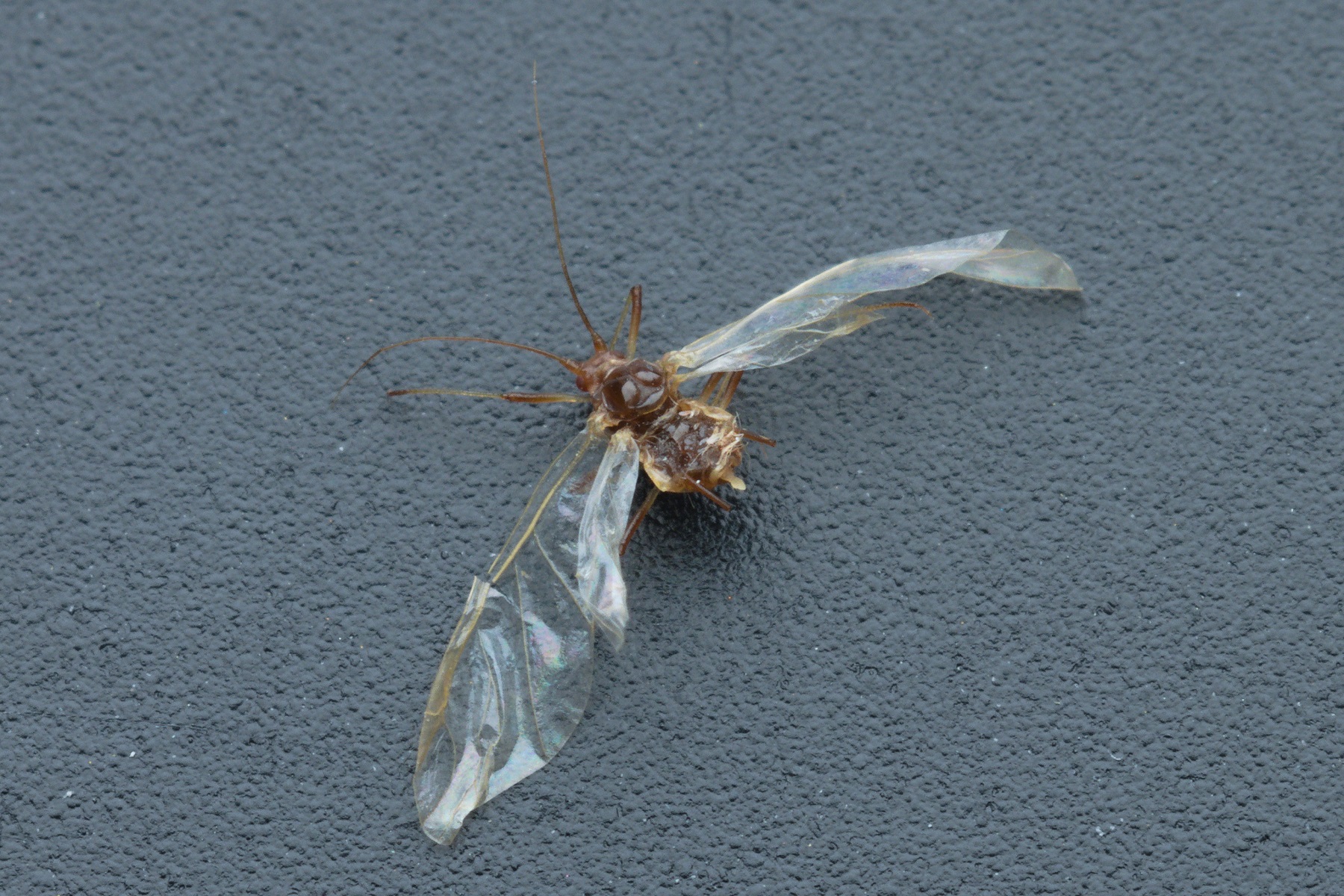Graphosoma lineatum
Description
These ‘true bugs’ are characterised by a three-part body consisting of a head (cephalon), thorax and abdomen. A typical ‘true bug’ has a more or less a triangular-shaped head, on which are located the antennae, faceted and spotted eyes, and a characteristic piercing beak or ‘rostrum’. The mouthparts are made up of a multi-segmented, groove-shaped lower lip (labium, the fused posterior jaw), which is covered above by a labrum (upper lip), and into which three stapes are inserted. The lateral stapes are strongly modified front jaws (mandibles), and the middle stapes are made up of a pair of closely fitting middle jaws. Two food canals are formed at the junction between them. Through the rear canal, they inject saliva into the tissue with the help of a special pump, and with the help of the front one, they suck up food. The structure and elasticity of the setae on the jaws allow them to guide the beak along the tissue while piercing.
The three segments of the thorax bear limbs, and the middle and hind segments bear wings. The first thoracic segment has a trapezoidal collar (pronotum). The upper front wings are called hemi-coverts or hemi-elytra and are divided into two unequal parts. The proximal leathery part is called the corium, while the distal part is softer and webbed. The hind wings are softer (membranous) and folded longitudinally under the front wings.
The striped shield bug belongs to the scutelliform bugs (Pentatomidae), which are characterised by a pair of five-segmented antennae, a four-segmented labrum of the beak and a three-segmented foot (tarsus). The striped shield bug has a very large scutellum, with a striking pattern of black stripes on a bright red background and is 8-12 mm in size. The head is small, and in addition to the antennae, it also has small compound eyes and a pair of ocelli. There are three pairs of legs on the thorax, and on the underside between the second and third pairs of legs there is a pair of scent glands: the secretions of which are important in attracting sexual partners. The secretions of the scent glands are species-specific and some of the smells are unpleasant to humans, hence their common name of stink bug. The characteristic beak begins at the front of the head and is usually folded back between the leg joints.
Biology
There are two species of the genus Graphosoma in Slovenia, the widely distributed striped bug (G. lineatum) and the semipunctated shield bug (G. semipunctatum) in the sub-Mediterranean part of Slovenia. The semipunctated shield bugs appear in gardens and rock gardens and are common almost everywhere. Its striking red-black colouration is a warning, as it is inedible due to the defensive substances it secretes. Adults often stay on the inflorescences (cluster of flowers) of Apiaceae plants, their food plants. Their eggs are barrel-shaped, with a characteristic “lid”. During courtship, they make noise, emitting low and quiet signals that cannot be heard by humans without special microphones and amplifiers. The first two segments of the back of the hindquarters are connected to a special plate that is flexibly connected to the rest of the skeleton. With the muscles attached to it, they shake the plate and the entire hindquarters in such a way that low vibrations with a frequency of 100-150 Hz are created. The vibrations are further amplified by air bubbles under the plate, which the animal can inflate to a greater or lesser extent. They “hear” with their feet, which have special senses that are extremely sensitive to vibrations in the ground.
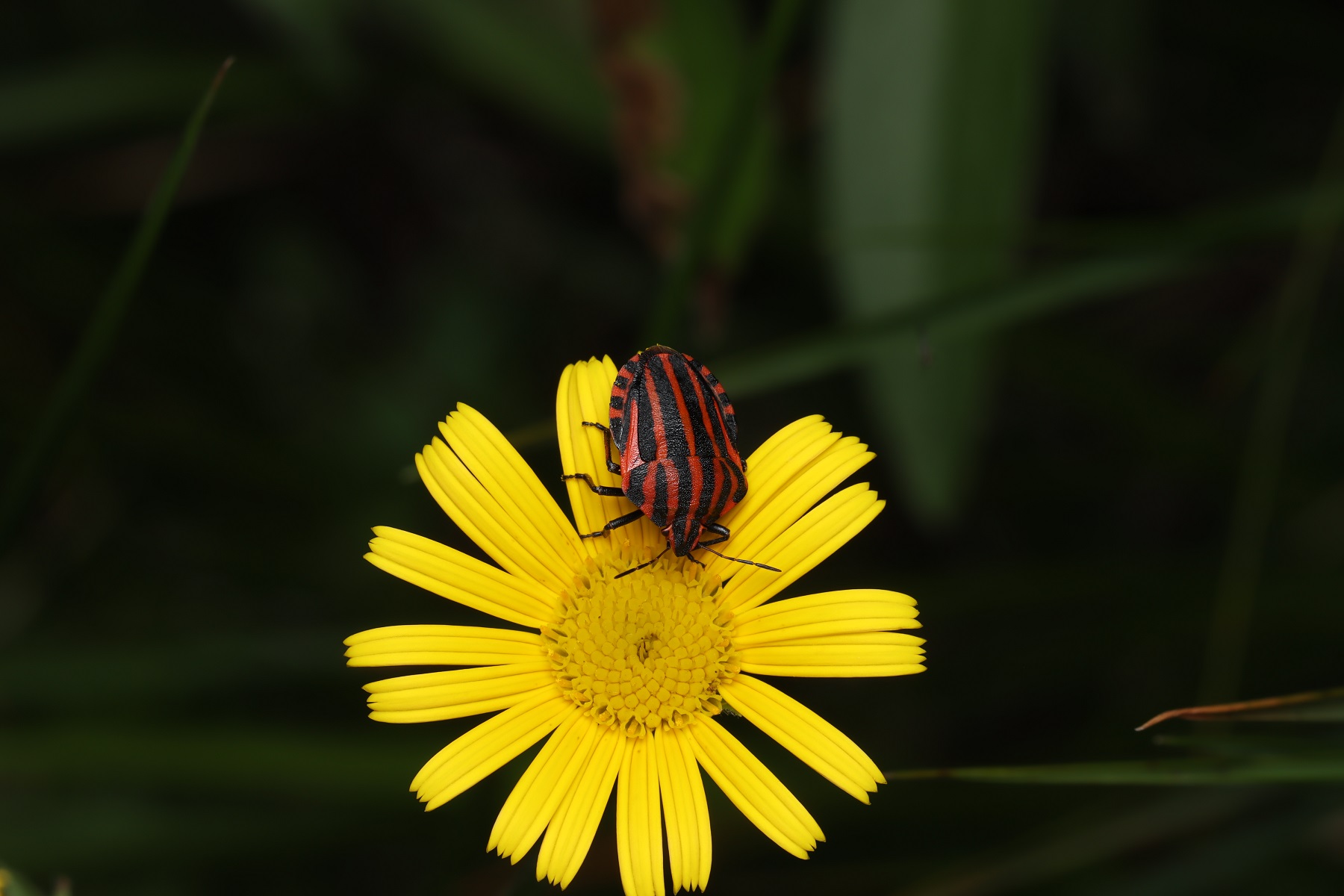
Sorodni členonožci

Authors
- Urban Bogataj,
- Gregor Bračko,
- Teo Delič,
- Cene Fišer,
- Žiga Fišer,
- Rok Kostanjšek,
- Rudi Verovnik,
- Miloš Vittori,
- Valerija Zakšek.
Students Vito Ham, Vesna Jurjevič, Gaj Kušar, and Adrijan Samuel Stell Pičman also participated in the project.
